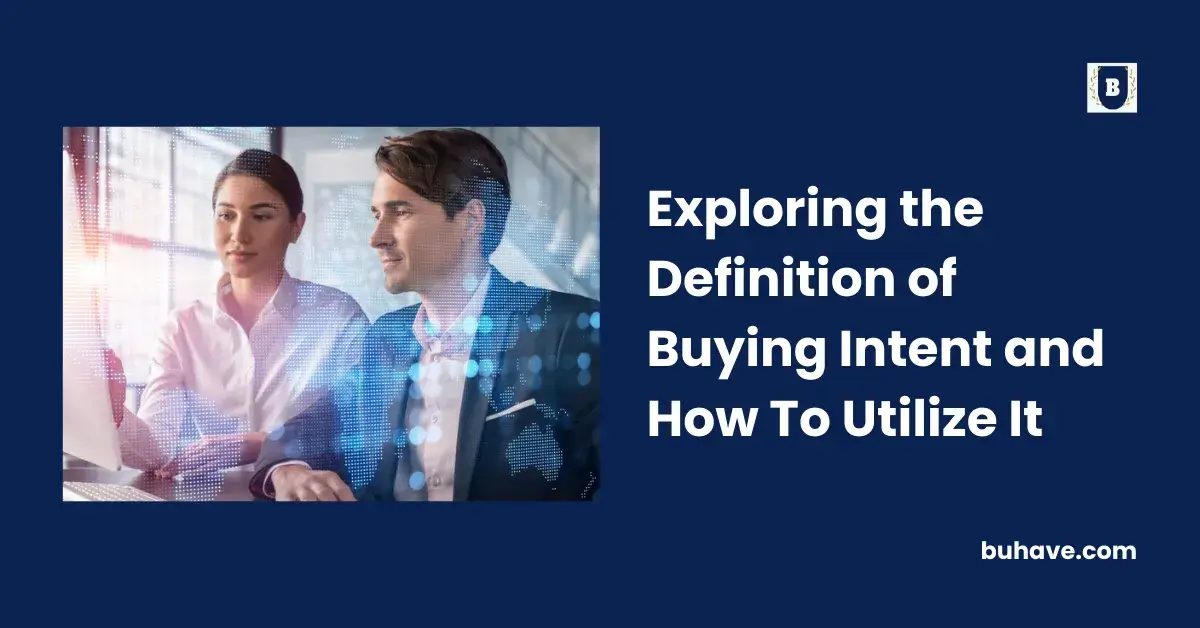In the world of business, understanding customer behavior is critical to success. One of the most important facets of customer behavior is buying intent, which refers to the probability of a potential customer purchasing a product or service. Below, we will explore this important concept in depth.
Deciphering the Concept of Buying Intent
The term buying intent can sound complex, but it is a relatively simple concept. Essentially, it refers to the likelihood of a consumer making a purchase. It’s an estimation of the probability a prospective customer would buy your product or service.
All businesses aim to convert prospective customers into actual buyers. To be successful, they need a sound understanding of buyer intent. This means being aware of who is likely to buy, why they might buy, and when they might be likely to make a purchase.
The definition of buying intent is heavily linked with consumer behavior. Understanding buying intent can, therefore, help businesses predict consumer behavior and make strategic decisions accordingly.
Accurate buying intent analysis can enhance marketing strategies, improve lead generation, boost sales, and lead to increased business profitability. All these benefits make it a vital tool in the arsenal of any business.
Factors Influencing Buyer’s Intent: A Closer Look
Several factors can influence buying intent. These can include price, product quality, brand reputation, and even personal factors like a customer’s income or preferences.
External elements such as advertising and promos also play a role in shaping buying intent. A well-structured ad campaign can sway a consumer’s intent toward making a purchase.
Another factor that can greatly impact buying intent is social proof. This can come in various forms—testimonials, ratings, reviews, and endorsements. These validate the product or service’s efficacy, thus potentially increasing buying intent.
Lessons From Behavioral Psychology: Understanding Buyer’s Intent
Behavioral psychology can offer useful insights when it comes to understanding buyer intent. It reveals how cognitive processes, emotions, and social contexts impact our decision-making and behavior.
For instance, the concept of “heuristics,” a cognitive shortcut our brain uses to simplify decision-making, can heavily impact buying decisions. These heuristics are affected by a variety of psychological factors including emotions, biases, and societal pressures.
A deeper understanding of these behavioral psychological concepts can help businesses tailor their strategies to tap into the buyer intent of consumers more effectively.
Driving Business Success With Buyer Intent Insights
Buyer intent insights can be harnessed to drive business success. They can help businesses understand customer behavior, predict future trends, and make strategic decisions.
For example, buyer intent data can be used to segment customers better, allowing businesses to create personalized marketing strategies that resonate with different customer segments.
Buying Intent insights can help create effective strategies to increase customer loyalty. These may include providing targeted offers or discounts to customers who have demonstrated a strong purchase intent.
Acting Upon Buyer Intent: Techniques and Strategies
Understanding buyer intent is one thing—acting on it effectively is another. As a start, businesses need to invest in tools and technologies that allow them to collect and analyze customer data, providing insights into purchase intent.
Next, they need to train their marketing and sales teams about the importance of purchase intent. They should also be taught how to leverage this information to enhance their strategies and improve their interactions with customers.
The use of personalized marketing is an effective strategy to capitalize on purchase intent. By reaching out to customers with personalized messages, businesses can improve their chances of converting these customers into buyers.
Other strategies may involve revisiting pricing strategies, enhancing the quality of products or services, and focusing on building a better brand reputation. Each of these strategies, if used wisely, can effectively tap into buying intent and help drive sales.
Altogether, understanding and effectively leveraging purchase intent can significantly boost business success. It underpins successful marketing strategies by helping businesses understand, predict, and impact consumer behavior to maximize profitability.
– If you are looking for guest posts in business “write for us” now.

